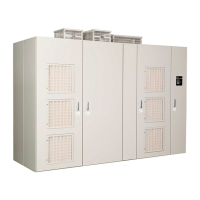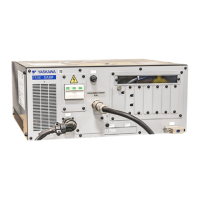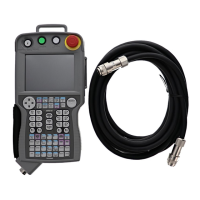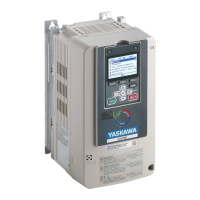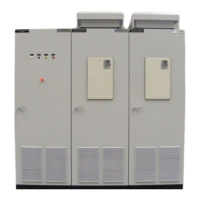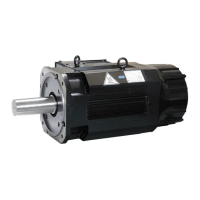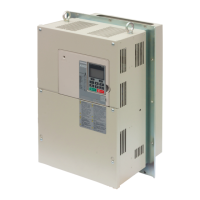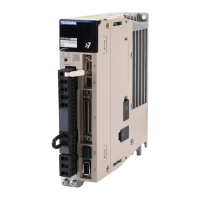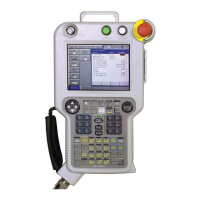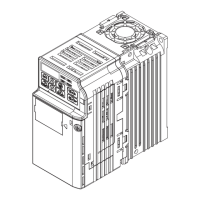5.11 Troubleshooting without Fault Display
156 YASKAWA ELECTRIC EZZ010928 FSDrive-MV1000 Instructions
◆ Excessive Motor Oscillation and Erratic Rotation
◆ Noise From Drive or Output Lines When the Drive is Powered On
◆ Connected Machinery Vibrates When Motor Rotates
■ Unexpected Noise from Connected Machinery
■ Oscillation or Hunting
◆ PID Output Fault
PID control is enabled.
If PID control is not necessary for the application, disable it by setting b5-01 to “0”.
Note: When PID control is enabled, the drive adjusts the output
frequency to match the PID setpoint. The drive will only
accelerate to the maximum output frequency set in E1-04 while
PID control is enabled.
Cause Possible Solutions
Poor balance between motor phases.
Check drive input power voltage to ensure that it provides stable power, or disable
input phase loss detection.
Hunting prevention function is disabled.
⇒Enable Hunting Prevention (n1-01 = 1).
⇒Increase the AFR gain (n2-01) or the AFR time constant (n2-02).
Cause Possible Solutions
Relay switching in the drive generates excessive
noise.
⇒Ground the drive (EA) and motor (ED).
⇒Separate the main circuit wiring and the control lines.
⇒Make sure wires and the motor have been properly grounded.
Cause Possible Solutions
The drive output frequency is the same as the resonant
frequency of the connected machinery.
• Adjust the parameters used for the Jump frequency function (d3-01 through d3-
04) to skip the problem-causing bandwidth.
• Place the motor on a rubber pad to reduce vibration.
Cause Possible Solutions
Insufficient tuning. Adjust the parameters. Refer to Motor Performance Fine-Tuning on page 110.
Gain is too low when using PID control.
⇒Make the adjustments by referring to the information on the PID control
parameters (b5-) in the separate FSDrive-MV1000 Parameter Guide.
The frequency reference is assigned to an external
source and the signal is noisy.
Ensure that noise is not affecting the signal lines.
⇒Separate main circuit wiring and control circuit wiring.
⇒Use twisted-pair cables or shielded wiring for the control circuit.
⇒Increase the analog input time filter constant (H3-13).
The cable between the drive and motor is too long.
⇒Perform Auto-Tuning.
⇒Reduce the length of the cable.
Cause Possible Solutions
No PID feedback input.
Check the analog input terminal settings.
⇒Check that B (PID feedback) has been set for H3-02 (function selection for
analog input terminal L1).
⇒Check that assignment to the analog input terminal and the actual signal input
match.
⇒Check the connection of the feedback signal.
⇒Check the various PID-related parameter settings.
Note: No PID feedback input to the terminal causes the value detected
to be 0, causing a PID fault and the drive to operate at max
frequency.
The level of detection and the target value do not
correspond with each other.
PID control keeps the difference between target and detection values at 0. Set the
input level for the values relative to one another.
⇒Use analog input gain H3-11 to adjust PID target and feedback signal scaling.
Cause Possible Solutions
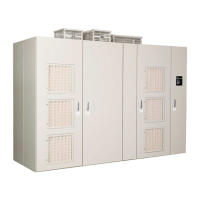
